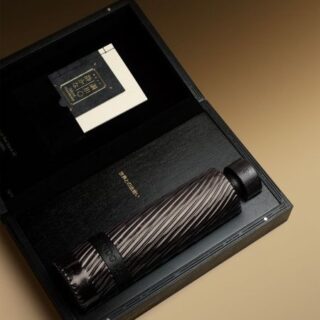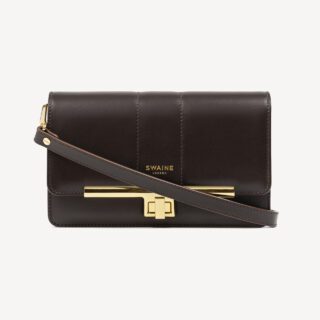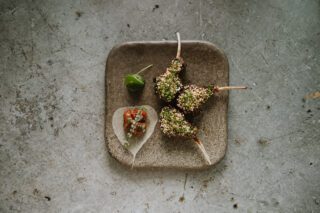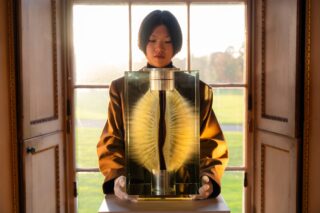This website uses cookies so that we can provide you with the best user experience possible. Cookie information is stored in your browser and performs functions such as recognising you when you return to our website and helping our team to understand which sections of the website you find most interesting and useful.
Meet the Scottish firm producing the world’s finest automotive leather
By James Bannister | 2 August 2019 | Cars & Yachts, Lifestyle
Bridge of Weir is the UK’s only leather manufacturer for the automotive industry
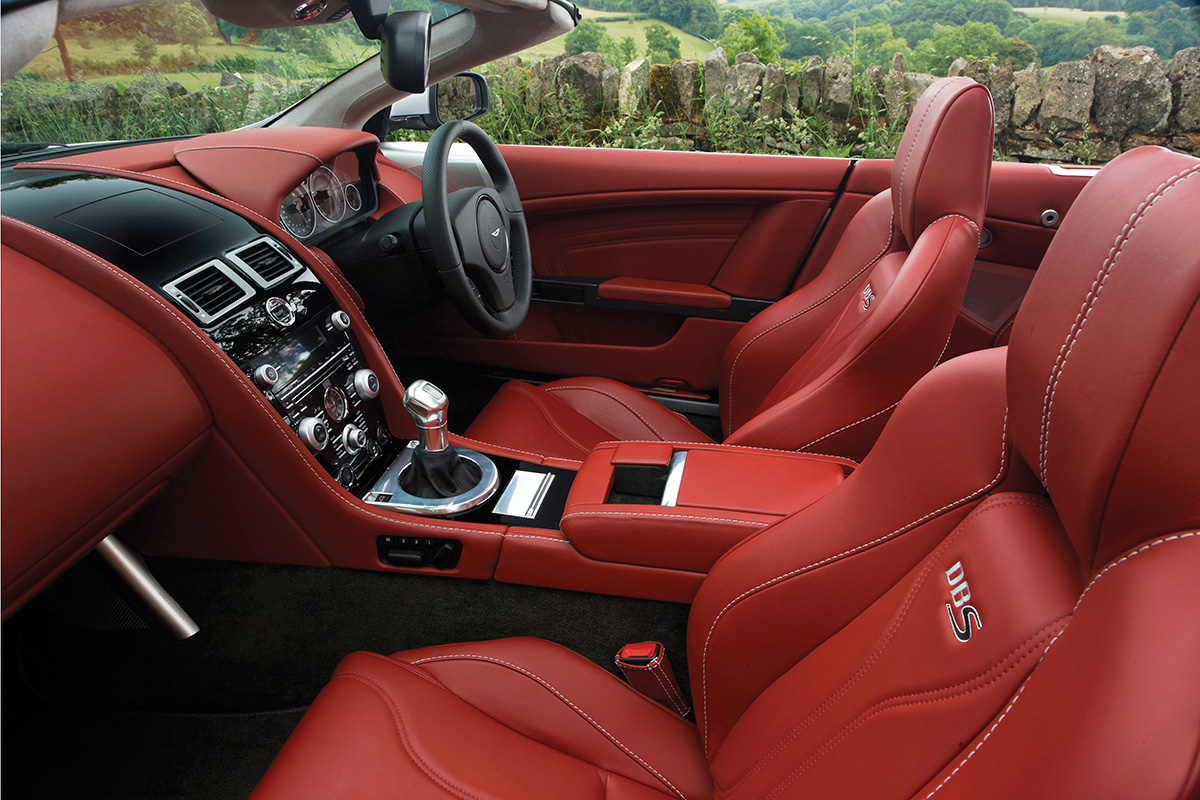
When seeking craftsmanship in the automotive world, we tend to look to the past. The weathered hands of third- and fourth-generation artisans tell the stories of a continuing legacy which is so rarely found in contemporary businesses. With preservation and progression often diametrically opposed, finding a quality product made in such time- honoured fashion is rare, remarkable and in high demand.
For Bridge of Weir – producer of the finest automotive leather since 1905 and today the UK’s only leather manufacturer for the automotive industry – a unique blend of artisan and automated has made it the only choice for some of the most discerning car manufacturers.
The leather produced by this relatively modest establishment on the outskirts of Glasgow has adorned milestone moments from the innovative Citroën DS to the reigning king of the supercar, the McLaren F1. It is found in cars that cannot be described in any way but iconic. The Ford Model T, the Lincoln Continental, James Bond’s Aston Martins… Even the Eames Chair was upholstered in Bridge of Weir leather.
It continues to be found in the best vehicles. Strapped into the rocketship McLaren 720S, you can choose to be ensconced in Bridge of Weir leather. The Ford GT, Jaguar’s F-Type SVR, Range Rover’s Autobiography, the likes of Aston Martin, Singer Vehicle Design and the concept cars that light up car shows from Shanghai to Geneva… all are united in their use of fine leather by Bridge of Weir.
And whether the destination vehicle is a widely produced British heavyweight or a bespoke Porsche restoration, the process remains the same. From raw hide to finished sumptuous leather, it’s handled entirely in house. This not only ensures absolute quality control but also allows Bridge of Weir to offer its clients true flexibility.
Looking at the company’s back catalogue, it’s clear the human connection has been absolutely integral to its success. Alongside every technological advancement that improves efficiency and ensures consistency, you’ll find a skilled worker with years of knowledge playing a crucial part.
When one client was looking for a truly special finish, archive samples from Concorde – just one of several notable projects Bridge of Weir and its sister companies have handled in its rich history – were referenced. Such personal input and human expertise have remained paramount throughout the company’s lifetime; there is simply no replacement for the human eye. >>
Related: Park life: make a statement with these supercar garages
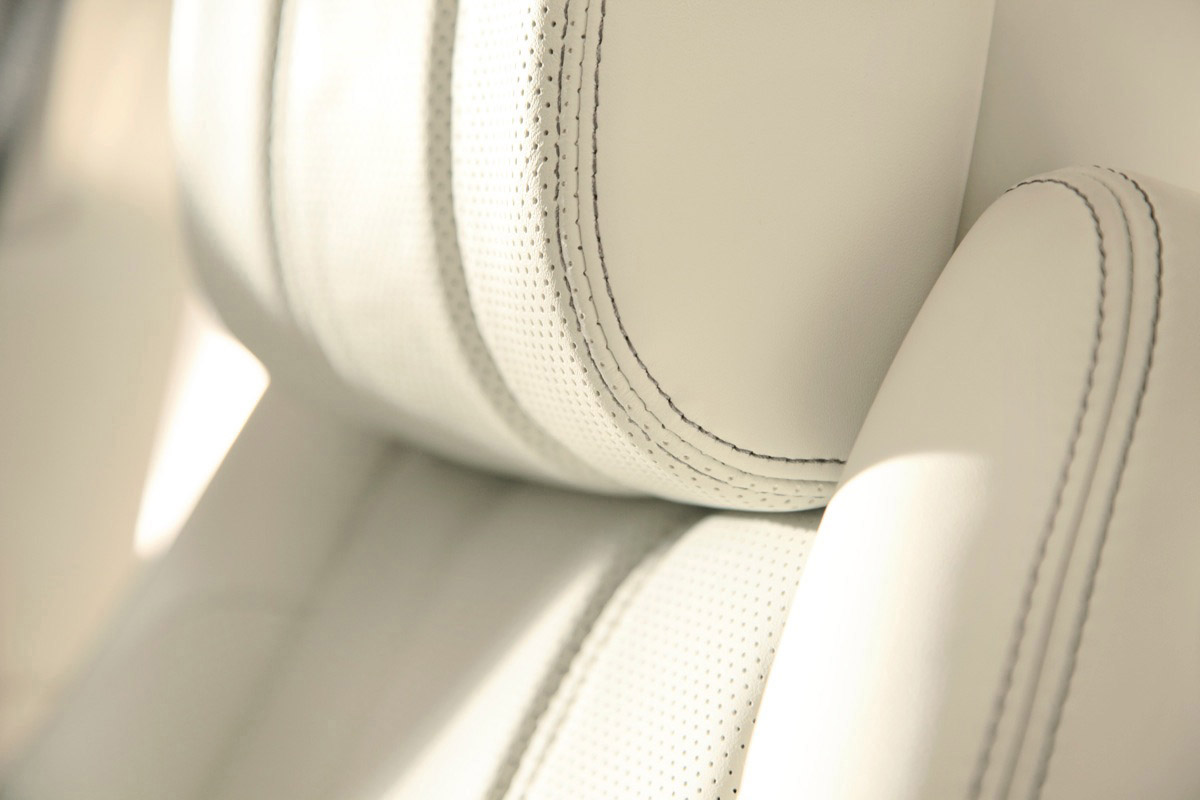
The passion housed inside these factory walls is infectious. A tour sees smiling introductions and firm handshakes from staff who have been with Bridge of Weir for decades, photographs proudly shown of family members who worked here in the 1900s and the wide-eyed faces of the thriving apprenticeship programme ensuring the skills gleaned through generations are not lost.
Considering the luxurious, opulent leather that emerges from this factory, it is almost beyond belief that it is created from a product destined for landfill. But sustainability is very much a core value of this firm, which is revolutionising what can be a spectacularly wasteful business. As little as 10% of a hide is of high enough quality to be used in the finest applications, but Bridge of Weir’s commitment to sustainability has resulted in parent company Scottish Leather Group – which operates one of the largest tanneries in Europe – designing, building and self-funding a £6-million thermal energy plant and a £1.3m ultra-filtration plant, allowing a substantial amount of the factory’s energy to be generated by waste materials.
“At Bridge of Weir, people and technology come together in a unique blend of craftsmanship and advanced manufacturing techniques, while our continued commitment to sustainability means we have arguably the lowest carbon footprint of any leather maker in the world,” sums up Bridge of Weir managing director Karen Marshall.
Hides, sourced from the best heritage breeds, can be traced from field to car, another important point as consumers in the luxury sector seek real connection to their products. The whole process takes four to six weeks, each stage immensely satisfying to view. Myriad intricate stages from tanning, dying, drying and coating all play their part in the final finish, from ultra-smooth nappa leather to natural finishes with a captivating grain which are indescribably special to the touch. I challenge anyone to not reach out and feel the other-worldly qualities of such quality leather. At Bridge of Weir this is key to everything they do – human touch is a continuous thread throughout this product that no amount of technology can replace.
Perhaps most telling of all is the humble manner in which this company continues to deliver its superlative goods to a global list of demanding clients in a personable and passionate manner. And as Bridge of Weir continues to pass down the skills learned by its loyal family of craftspeople, the impact of this Scottish firm shows no signs of slowing.


